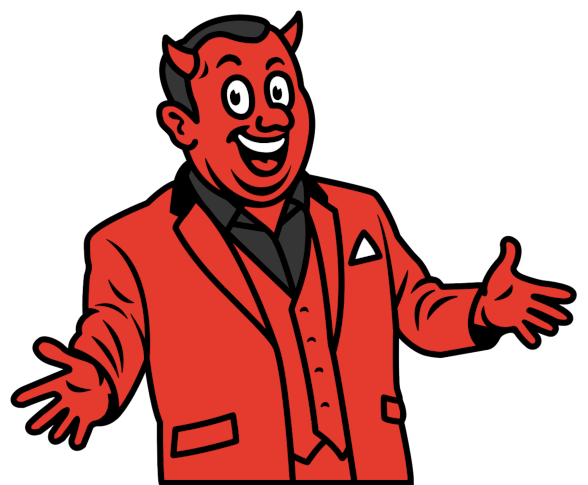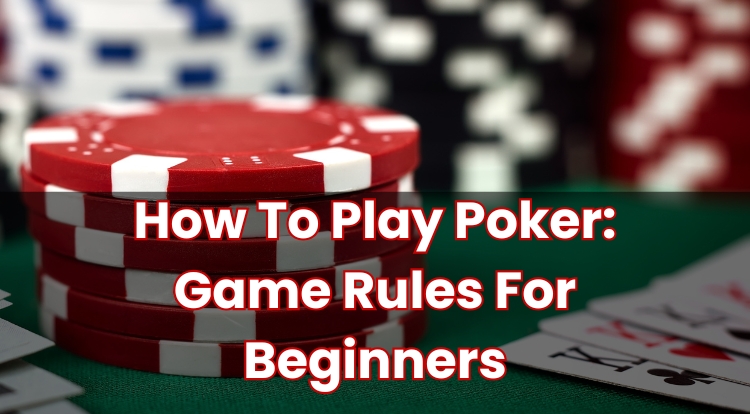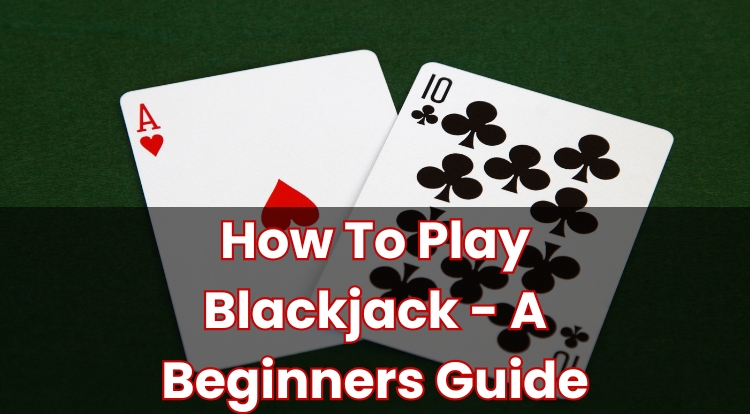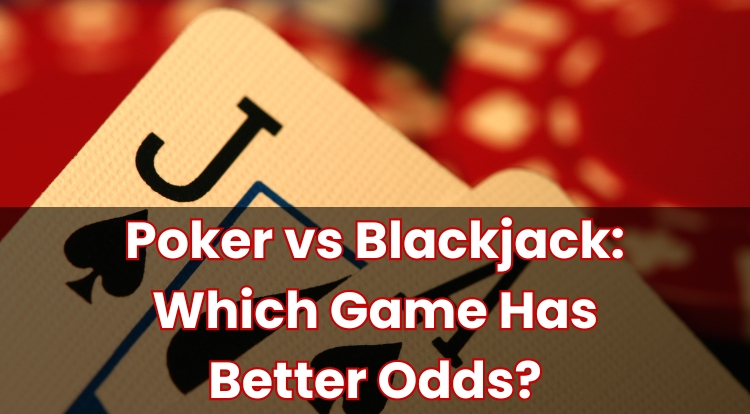Poker Full House – Hand Guide for Players
Poker can seem complicated when you’re learning the rules, especially with all the different ways to rank hands. Whether you’re new to the game or just want to brush up on your knowledge, understanding how each hand ranks is important.
You’ve probably heard of a full house, but knowing exactly what it is and how it works can make playing more straightforward and enjoyable. This guide will explain what a full house looks like, where it ranks compared to other hands, and how recognising it might affect your decisions during a game.
We’ve kept things simple and clear to help you follow along. Read on to find out more.
Finding a Full House at the Table
If you’re playing poker, a full house means you have three cards of the same value plus two cards of another matching value. For example, having three Sevens and two Kings together would make a full house.
Depending on the poker variant, you might be using just your own cards or combining them with community cards on the table. Keeping an eye out for pairs and three-of-a-kinds as the game progresses can help you spot when you have—or are close to making—a full house.
It may also be beneficial to remember which cards have already been played or discarded, as this gives you a better idea of what’s left in the deck. Paying attention to the community cards and the cards other players have folded can guide your decision on whether it’s worth aiming for a full house.
You might also pick up clues from how other players are behaving, but keep in mind these hints aren’t always reliable.
How Strong Is a Full House?
A full house is a strong hand that beats many others, including a flush, a straight, three of a kind, two pairs, and one pair.
Only a few hands rank higher than a full house—these are four of a kind, a straight flush, and the royal flush. Because of this, the full house holds an important place in most poker games.
If two players both have a full house, the winner is the one with the higher three-of-a-kind. If those are the same, then the pair is used to decide who wins.
Full House vs Four of a Kind
Both a full house and four of a kind are strong hands, but four of a kind always beats a full house. Four of a kind means you have four cards of the same value plus one other card called a “kicker.”
This ranking is because four of a kind is rarer and harder to get than a full house. So, if you find yourself comparing these hands during a game, it’s good to remember which one holds the advantage.
Comparing All Poker Hands
Poker hands are ranked in every game, starting with the royal flush at the very top—that’s the ace through ten, all in the same suit. Just below that is the straight flush, which is five consecutive cards of the same suit.
Next comes four of a kind, followed by the full house. Right below a full house is a flush, which consists of five cards from the same suit but not in sequence.
A straight is made up of five cards in a row from different suits, while three of a kind means having three cards of the same value. Two pair means you have two pairs of matching cards plus an extra card, and one pair is just two cards of the same value. If none of these apply, the highest single card determines the hand.
Knowing these rankings helps you see where a full house fits in and can help you make more informed decisions at the table if you choose to play.
Chances of Drawing a Full House
If you’re playing poker, it’s important to understand that full houses don’t happen very often, and the chances of getting one depend on the variant you’re playing and when you draw your cards.
For example, in Texas Hold’em, finishing with a full house by the river is much less common than simply getting a pair or two pair. If you start with a pair in your hand, your chances improve somewhat, but completing a full house using the community cards remains relatively rare.
In five-card draw, being dealt a full house straight away is even less frequent. This rarity is part of what gives the full house its strong value.
Understanding these odds, along with the hand rankings, can help you make more informed decisions during a game.
Whether you’re playing casually with friends or at an online table, understanding where a full house fits among other hands is an important part of the game. As always, remember to play within your limits and never wager more than you are willing to lose.
**The information provided in this blog is intended for educational purposes and should not be construed as betting advice or a guarantee of success. Always gamble responsibly.





